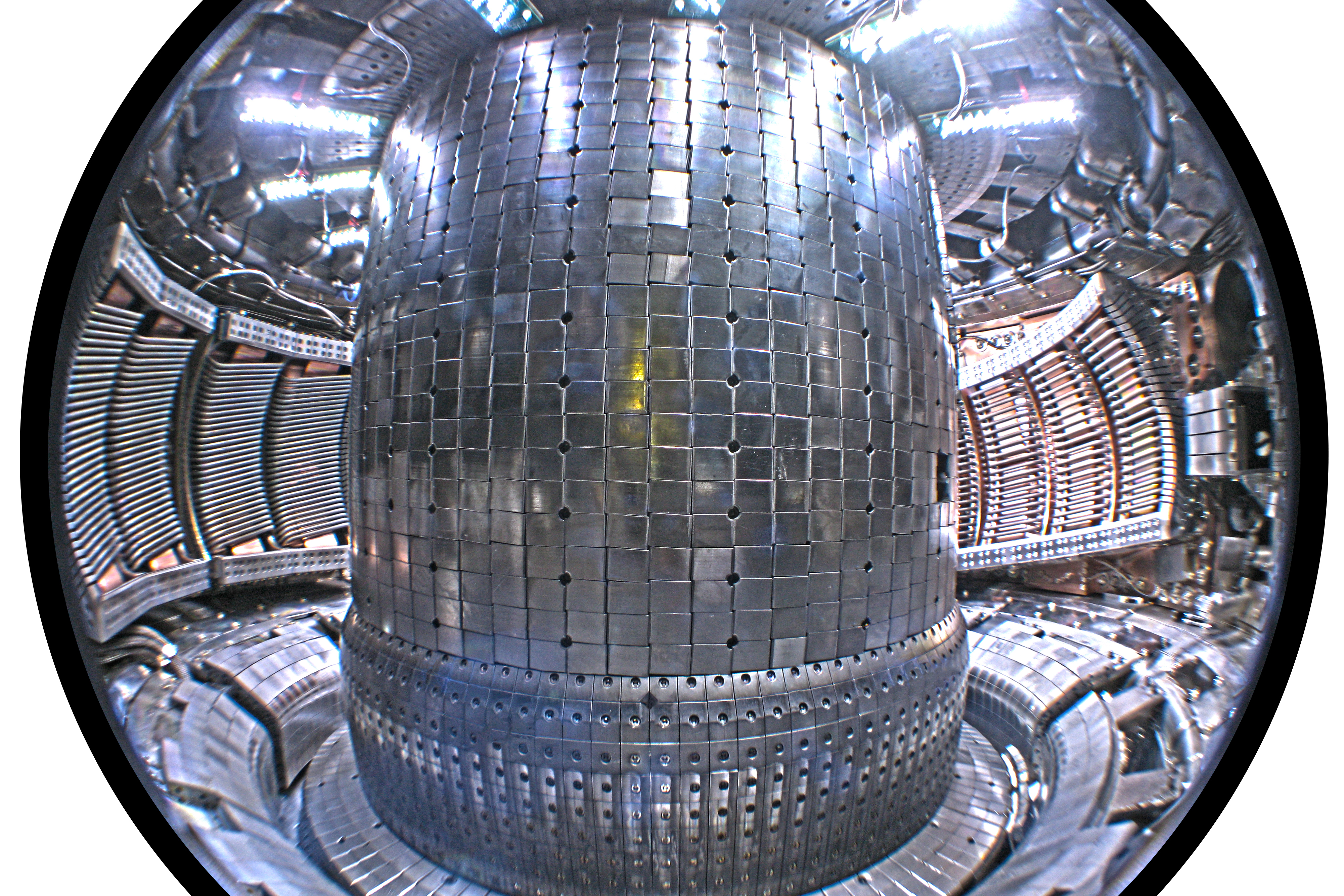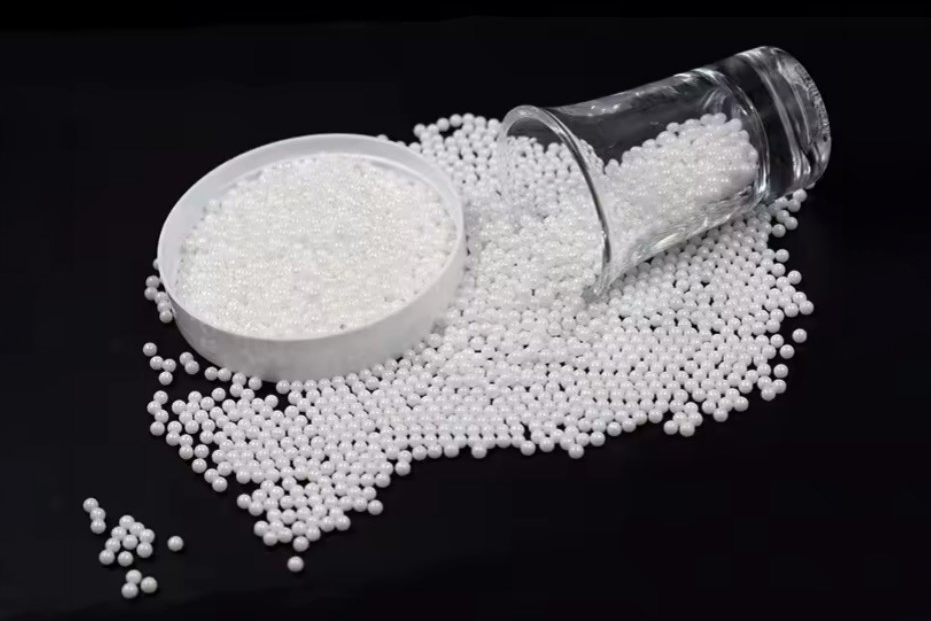5 Boron Nitride Powder Production Methods

Solid-State Synthesis
This is the most commonly used method for synthesizing boron nitride powder. The method has low cost, simple process and can be mass-produced. The disadvantage is that the calcination temperature is usually high, the particle size of the phase-forming powder is usually coarse, the composition has poor uniformity and the sintering performance is bad.
Precipitation & Coprecipitation
First, form a solution containing metal ions, add a precipitant to form an OH substance or a CO3 precipitate, and then calcined to a phase. This method is an atomic-level reaction, which can obtain nanometer-micron boron nitride powder, but there is a serious problem of agglomeration. This method can be used for mass production, but the yield is poor due to the long process. In order to ensure the same ratio of sediment to raw material, carefully adjust the stirring, temperature, pH, and concentration of the chemical reaction; and carefully select the precipitant so that the concentration of the precipitate Ksp remains the same.
Spray Pyrolysis
First, form a mixed solution containing metal ions, and slowly introduce the solution is into a spray dryer. Then, it is atomized into small droplets with high-pressure gas, and at the same time, various heat sources such as high-temperature gas, flame, or microwave, or plasma are used to volatilize water, acid, or other solvents in the small droplets to make it become dry powder. Finally, it is calcined into a phase. This method does not need to consider the precipitation ratio of metal ions as in the precipitation method. At the same time, it is atomic-level mixing, and it is possible to obtain a powder with a correct stoichiometric ratio and a fine particle size at one time.
Sol-Gel Method
After forming a mixed solution containing metal ions, a chelating agent such as citric acid is added to adjust the pH and temperature to cause organic chemistry and hydrolysis reaction of the metal ions to form a sol. The solvent is evaporated to dryness at a low temperature, and concentrated to form a gel, which is then calcined by heating to form a boron nitride ceramic powder. This method can form nano-sized powder with uniform particle size and uniform composition. The biggest problem of this method is that the evaporation process of the solution is very slow. After a long time of solution treatment (several days), only a little material can be obtained. Therefore, this method is not suitable for application in mass production.
Hydro-Thermal
After forming a mixed solution containing metal ions, add a specific reagent for promoting the reaction, and adjust the pH. The mixture is placed in a hydrothermal reaction vessel, completely sealed, and heated at a low temperature (<250 C) for a period of time (1 to 24 hrs). A three-phase coexistence state of water is formed in the reaction vessel, and pressure of several 10 atmospheres is simultaneously generated to generate a compounding reaction. This method can form nano-sized uniform agglomerated particles, and can also form long, flower-like, flat and other shapes of particles; but because of the limited capacity of each reactor (hundreds of cc), the amount of powder that can be produced is also very limited. Due to the high temperature and high pressure generated in the reactor, there is a possibility of explosion. For more information, please visit https://www.preciseceramic.com/.
{{item.content}}
LEVE A REPLY
{{item.children[0].content}}
{{item.content}}










